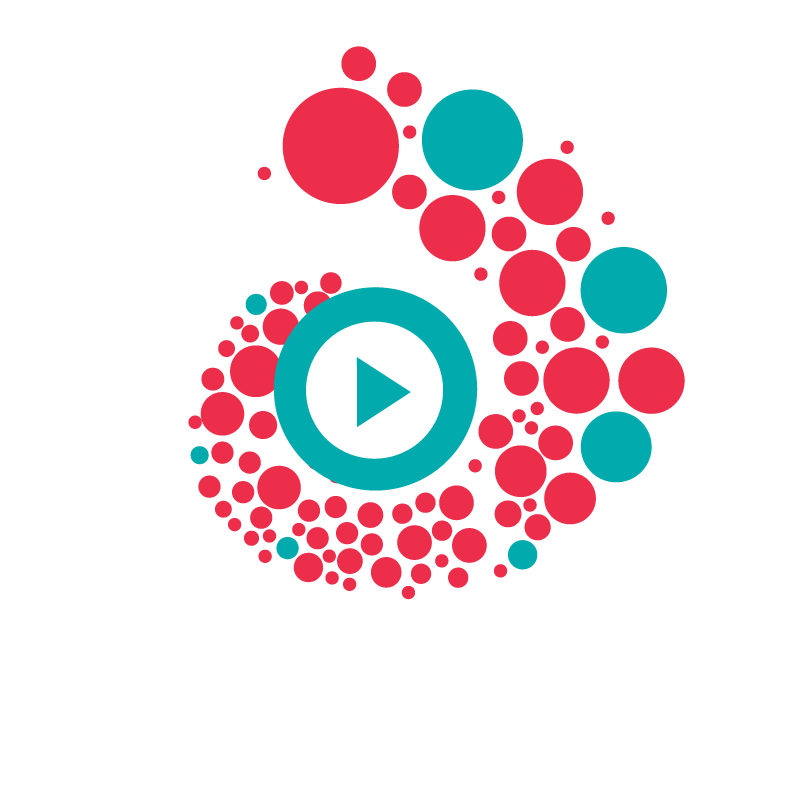Author and innovation expert Michael Schrage explains that it’s not enough to invest in the innovative qualities of your workforce; you have to invest in bettering your customers as well. Savvy entrepreneurs should seek ways to transform the human capital of their clientele to the degree that an investment made in them pays off in the long run. Schrage’s design heuristic “making customers better makes better customers” is further discussed in his book What Do You Want Your Customers to Become?
Michael Schrage is also the author of The Innovator’s Hypothesis: How Cheap Experiments Are Worth More than Good Ideas (http://goo.gl/zW48zC).
Read more at BigThink.com: http://goo.gl/qPkS28
Follow Big Think here:
YouTube: http://goo.gl/CPTsV5
Facebook: https://www.facebook.com/BigThinkdotcom
Twitter: https://twitter.com/bigthink
Transcript: I think one of the most important findings in my book, in my research, is that innovators fundamentally misunderstand human capital as an asset, human capital as a resource. The majority of organizations that want to innovate say we need to get innovators. We need to improve the capabilities and competencies of our employees. We need to hire people who are willing to take a chance, et cetera, and be innovative. And the whole notion of, you know, our competitive advantage in this post-industrial era is that we have better human capital than our competitors. Google has better people than IBM has better people than Apple has better people than Amazon and blah, blah, blah, blah, blah, blah, blah. I submit that’s the exact wrong way to look at it. Not that it’s wrong in the sense of false but wrong in the way of being incomplete. What about your customers’ human capital? What about your clients’ human capital? The Gedankenexperiment, the thought experiment, I want people to get very, very serious consideration to is what if we stopped thinking of innovation as something that’s new and valuable that we market and sell and what if we start thinking about innovation as an investment in the human capital capabilities and competencies of our customers.
Yes, Henry Ford transformed the factory production system with mass production of the automobile, the Model T, the Model A, et cetera. And everybody celebrates that as a milestone in business history. I submit that economic historians, business historians, marketers missed the essential point. Henry Ford didn’t just enable the mass production of automobiles. He facilitated the mass creation of the human capital of driving. Everybody drives. It’s an asset. It transforms markets. It transforms individual and organizational capabilities. Why do we not spend as much time focusing on the human capital and adding value to the human capital of our customers and our clients as opposed to our employees. I think that’s the essential innovation takeaway. How do our innovations transform the human capital of our customers, not just the human capital of the people who work for us and with us.
The reason why I came up with the design heuristic making customers better makes better customers is because I wanted to help innovative organizations filter and prioritize their innovation investments. It’s not enough to make your customer better if you don’t reap the benefits of that investment. Conversely, if we’re just making a better customer that’s exploitation. So what you’re trying to do is align an innovation investment that makes your customer measurably better in some way that matters to that customer, in some ways that matters to that client. But at the same time you’re making that customer more valuable to themselves, you’re making them more valuable to you. By making them a better customer you’re making them a better customer for you. Making customers better makes better customers.



